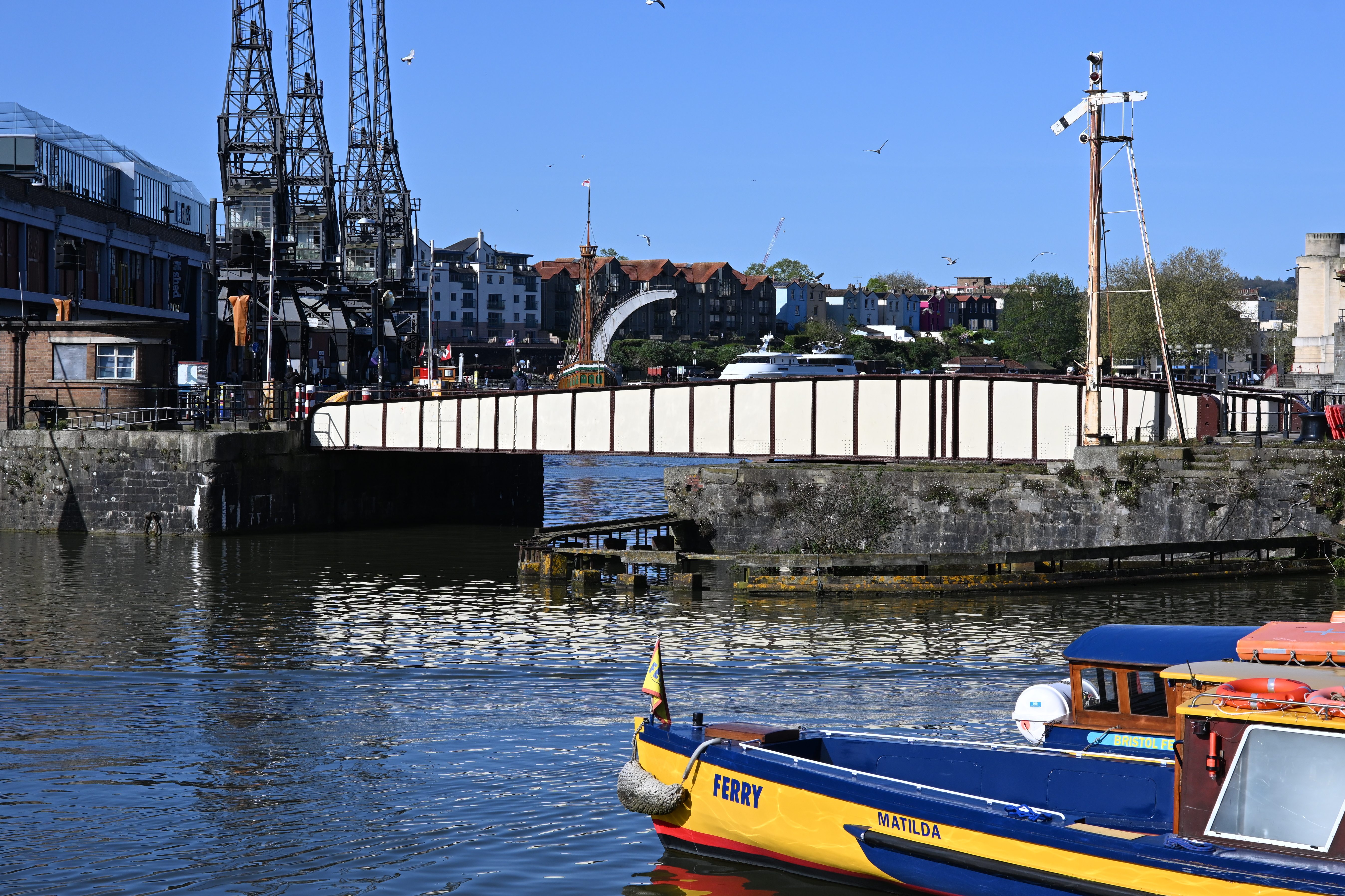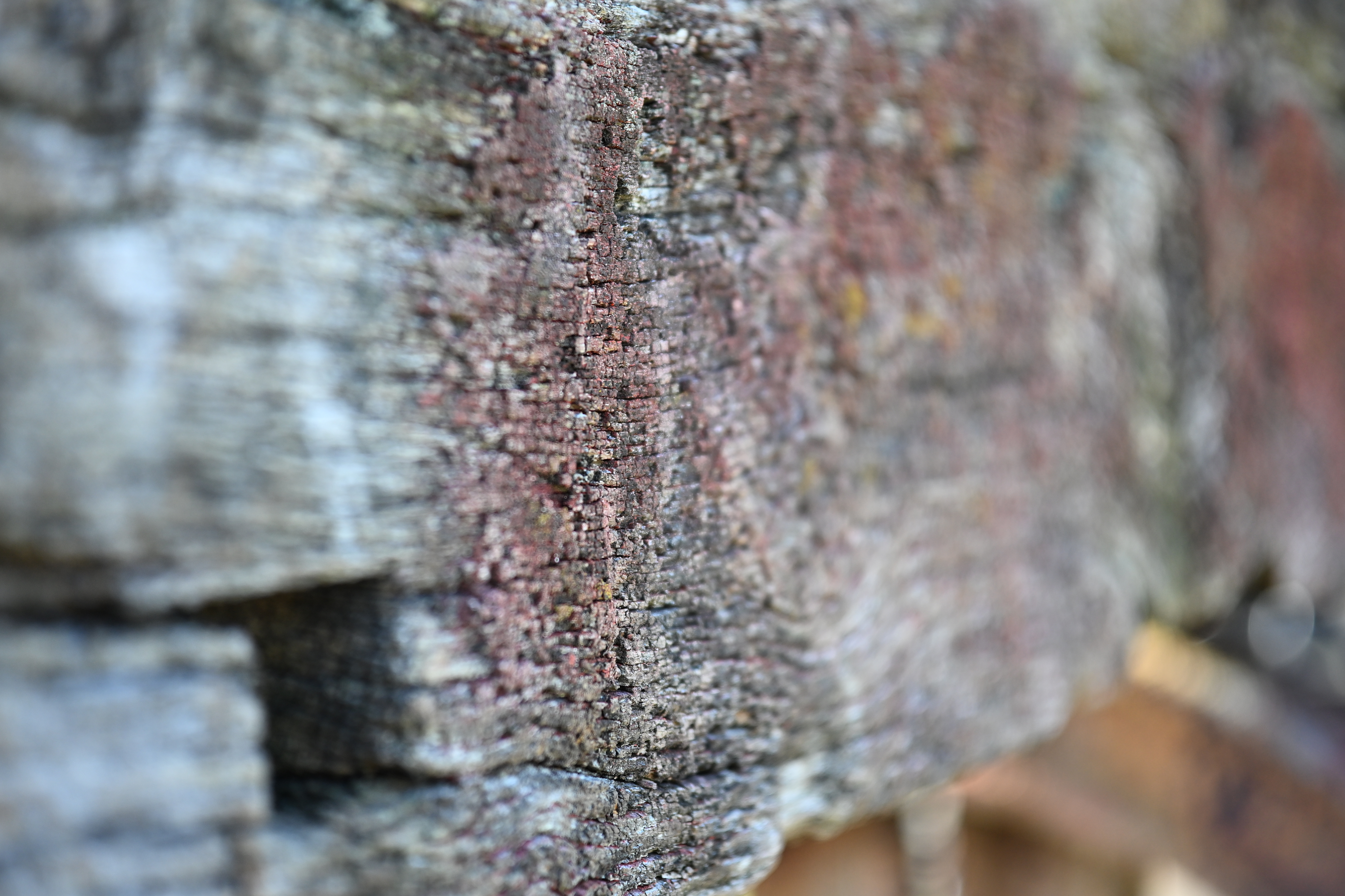Digital Camera World Verdict
No need to ‘say cheese’, as the Viltrox AF 56mm F1.7 delivers smiles all round. It has a portrait-friendly 84mm ‘effective’ focal length, is well-built, delivers good image quality with nice bokeh, and comes with a price tag that’ll keep even my bank manager happy.
Pros
- +
Great focal length for portraiture
- +
Fairly fast f/1.7 aperture
- +
Small, light, cheap to buy
Cons
- -
No aperture control ring
- -
Not as fast as Viltrox's f/1.4 primes
Why you can trust Digital Camera World
Crop-sensor cameras with APS-C format or smaller Micro Four Thirds image sensors can make it a struggle to get a tight depth of field. That’s especially true if you stick to kit zoom lenses, often sold with these cameras, which tend to have a fairly narrow aperture rating.
Designed for Fujifilm X and Nikon Z APS-C format cameras (and more recently the Sony E mount), the Viltrox AF 56mm gives an ‘effective’ 84mm focal length in full-frame equivalence, which is nigh on perfect for portraiture. It couples that with a fairly fast f/1.7 aperture rating, the combination enabling quite a tight depth of field, so you can effectively isolate your subject by blurring fussy backgrounds.
As such, the lens aims to take a place as one of the best Fujifilm X lenses, or the best lenses for the Nikon Z 30. It’s also one of the most affordable lenses of its type on the market, by quite a margin.
Viltrox AF 56mm F1.7: What's changed?
I own a rather nice collection of all three of the compact yet fast, metal-bodied Viltrox AF 23mm F1.4 Z, Viltrox AF 33mm F1.4 Z, and Viltrox AF 56mm F1.4 Z primes, plus the slightly larger Viltrox AF 13mm F1.4 Z and the faster Viltrox AF 27mm F1.2 Pro, both of which are also metal-bodied. They’re all APS-C format lenses which I use on my Nikon Z fc.
This newer AF 56mm f/1.7 lens ditches the aperture ring, which I’d only use for shooting video, has a plastic rather than metal body (but still a metal mounting plate) and has an aperture rating that’s half an f/stop slower than the f/1.4 lenses. But all this has a major upside when it comes to purchase price, as I’ll come to in a moment.
Viltrox AF 56mm F1.7: Specifications
| Mount options | Fujifilm X, Sony E, Nikon Z (DX) |
| Full frame | No |
| Autofocus | Yes |
| Image stabilization | No |
| Lens construction | 11 elements in 9 groups |
| Angle of view | 29.8 degrees |
| Diaphragm blades | 9 |
| Minimum aperture | f/16 |
| Minimum focus distance | 0.55m |
| Maximum magnification | 0.11x |
| Filter size | 52mm |
| Dimensions | 68x56mm |
| Weight | 187g |
Viltrox AF 56mm F1.7: Price & Availability
The preceding trilogy of Viltrox AF 23mm, 33mm and 56mm F1.4 lenses cost around $299 / £249 / AU$599 each. The new AF 56mm F1.7 lens launched in 2024 only costs about half as much to buy, at around $169/ £135 / AU$239. It’s available from Viltrox’s international online store, and from various photographic retailers around the world.
Viltrox AF 56mm F1.7: Design & Handling
It’s only natural to compare the Viltrox AF 56mm F1.7 with the company’s previously released AF 56mm F1.4 lens. The newer F1.7 lens that I’m reviewing here is available in Fujifilm X and Nikon Z (DX) mount editions, whereas the F1.4 lens adds further Canon EF-M and Sony E mount options to the list. The slower aperture rating of the F1.7 lens enables a smaller, more lightweight build. It’s barely more than a couple of inches long and weighs just 187g, compared with 320g for the F1.4 lens. And that’s despite featuring an additional optical element. Both lenses have a 52mm filter attachment thread and come complete with a hood and carrying pouch.
The best camera deals, reviews, product advice, and unmissable photography news, direct to your inbox!
Although priced very competitively, the AF 56mm F1.7 doesn’t hold back on glass. There are 11 elements in the optical path altogether, including four ED (Extra-low Dispersion) elements and three HRI (High Refractive Index) elements. Multi-layer coatings are also applied, to minimize ghosting and flare.
As I’ve mentioned, the barrel of this lens is plastic rather than being metal-bodied like the F1.4 lenses. That’s not an issue for me, as the plastic is of good quality and isn’t so cold to the touch in chilly weather. The mounting plate is made from lightweight aluminum, which I prefer to the plastic mounting plates of various budget-friendly own-brand Nikon Z-mount lenses that I’ve used (including the entire range of own-brand Nikon Z DX lenses to date). Another plus point is that the mounting plate includes a USB-C port, for applying firmware updates if and when needed.
Like most lenses designed for mirrorless cameras, this one has a lead-screw type stepping motor which enables fast performance for stills, along with smooth and virtually silent focus transitions when shooting video. Whereas the F1.4 Viltrox lenses have a de-clicked aperture control ring, that’s absent in this lens. It’s only to be expected, considering the very inexpensive price. Unless you’re shooting video, the omission can actually be a plus point, as there’s no danger of nudging the aperture ring to a different value accidentally while you’re shooting.
Viltrox AF 56mm F1.7: Photo Performance
I tested the Nikon Z-mount edition of the Viltrox AF 56mm F1.7 lens using both a Nikon Z fc and a Nikon Z 8, the latter switching to DX crop mode automatically when I fitted the lens. The megapixel count is fairly similar in both cases, at 21MP and 19MP respectively. Outright sharpness isn’t the main focus (so to speak) of this type of lens. For creative photography and portraiture, the quality of bokeh is arguably more important. I was pleased to find that the lens delivered smooth bokeh at wide apertures, with a natural roll-off between focused and defocused areas.
Sharpness drops off a bit when shooting wide-open at f/1.7, which I’d fully expect. Stopping down to just f/2 gives excellent sharpness in the central region of the image frame, while edge/corner sharpness gets into its stride at f/2.8. Any lateral chromatic aberration was easily taken care of by the automatic in-camera correction of the Nikon cameras I used for testing, making it a non-issue. The same goes for distortion. All in all, the lens is a very good performer making it standout value at the price.
Viltrox AF 56mm F1.7: Sample Images
The example images in the following gallery were taken in sunny conditions at Bristol Docks in the UK. They include shots taken at wide apertures for a tight depth of field, which you’d typically use in portraiture, along with more general images taken with medium aperture settings.
















Viltrox AF 56mm F1.7: Lab Results
We run a range of lab tests under controlled conditions, using the Imatest Master testing suite. Photos of test charts are taken across the range of apertures and zooms (where available), then analyzed for sharpness, distortion and chromatic aberrations.
We use Imatest SFR (spatial frequency response) charts and analysis software to plot lens resolution at the center of the image frame, corners and mid-point distances, across the range of aperture settings and, with zoom lenses, at four different focal lengths. The tests also measure distortion and color fringing (chromatic aberration).
Sharpness:
Levels of sharpness are very impressive from f/2 through to f/11. Center sharpness drops off a bit wide-open at f/1.7, which is only to be expected. There’s also a slight blip in corner-sharpness at f/4 but, overall, this Viltrox is certainly a sharp lens.
Fringing:
Both axial and lateral chromatic aberrations are well controlled, the latter being fully taken care of by automatic in-camera correction in the Nikon cameras used for our testing.
Distortion: 0.64
There’s only very mild pincushion distortion which will generally go unnoticed in real-world shooting, even with automatic in-camera correction switched off.
Viltrox AF 56mm F1.7: Verdict
Full-frame cameras are often seen as preferable for portraiture. These much pricier cameras and very much more expensive own-brand fast prime lenses are hard to beat, but you need deep pockets. I like the relatively compact, lightweight build of the Viltrox AF 56mm F/1.7 lens, and that it’s so amazingly inexpensive to buy. It makes high-quality portraiture easy to achieve with Fujifilm X, Sony E and Nikon Z DX mirrorless cameras, and is a real steal at the price.
Should you buy the Viltrox AF 56mm F1.7?
✅ Buy this...
- You into portraiture
- Refreshingly compact and lightweight
- You can’t resist a bargain
🚫 Don't buy this...
- Less ‘fast’ than an f/1.4 lens
- You prefer zoom lenses
- You’d rather have an own-brand lens
Alternatives
The Viltrox AF 56mm F1.4 is available in a wider selection of mount options, has a metal rather than plastic barrel and includes an aperture control ring. It’s about twice the price of the F1.7 lens but still excellent value for money.
The Sigma 56mm F1.4 DC DN Contemporary lens also has a plastic barrel and metal mounting plate, but is nearly 100g heavier than the Viltrox F1.7 lens. It’s available in Canon EF-M, Nikon Z (DX) and Sony E mount options, and costs more than twice the price.
Matthew Richards is a photographer and journalist who has spent years using and reviewing all manner of photo gear. He is Digital Camera World's principal lens reviewer – and has tested more primes and zooms than most people have had hot dinners!
His expertise with equipment doesn’t end there, though. He is also an encyclopedia when it comes to all manner of cameras, camera holsters and bags, flashguns, tripods and heads, printers, papers and inks, and just about anything imaging-related.
In an earlier life he was a broadcast engineer at the BBC, as well as a former editor of PC Guide.















